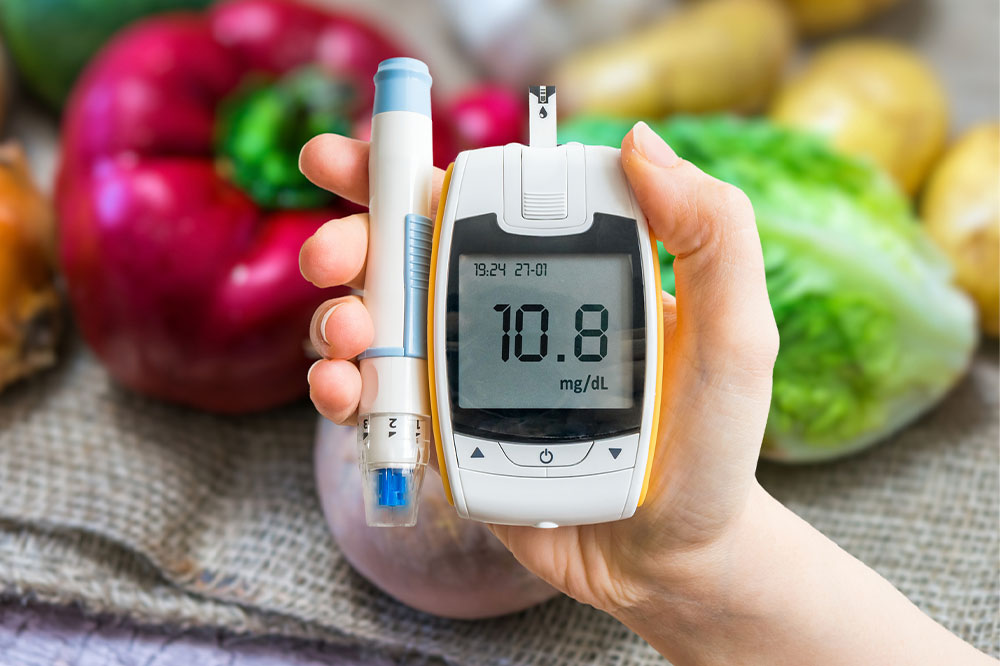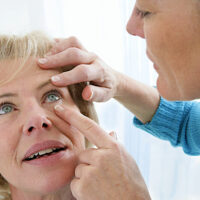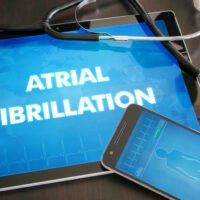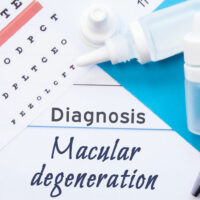9 Early Warning Signs of Type 2 Diabetes

Diabetes is when the body does not produce or use insulin efficiently. This results in excess sugar or glucose in the blood. The fact that many people might not notice the signs (such as extreme appetite and tiredness) until it’s too late is even more concerning. This blog post will cover some important type 2 diabetes symptoms to watch out for. We’ll also talk about how diabetes affects children, teenagers, and adults.
Early signs to watch out for
Insulin helps the sugar penetrate into the body cells to be used as energy. Low or inactive insulin leaves sugar accumulated in the bloodstream causing serious health issues affecting the nervous, circulatory, and immune systems of the body. Below are some tell-tale signs of type 2 diabetes that one should be aware of:
Increased thirst and frequent urination
High glucose levels and bladder function issues associated with type 2 diabetes lead to frequent urination. This, along with less saliva secretion, causes dehydration and dryness in the mouth and throat and increases thirst levels in the patient.
Darker skin
If a person’s skin is getting darker around the neck, armpits, and groin, one may need to check one’s blood sugar levels. This condition is called acanthosis nigricans (AN), making the skin feel thicker, velvety, and smoother.
Frequent infections
Diabetes weakens the immune system, making people prone to more infections and illnesses. Look out for recurrent skin, bladder, yeast, and vaginal infections. The excess sugar in the blood makes it difficult for white blood cells to travel in the bloodstream, lowering the body’s fighting ability.
Blurred vision
High blood sugar can damage the vessels in the eyes causing blurry vision. Excess sugar in the blood can also cause swelling, and itching in the eyes. The swelling will however improve when the blood sugar level reduces.
Slow healing of cuts and wounds
Blood circulation may be hampered by damage to the body’s nerves and blood vessels caused by high blood sugar levels. Because of this, even minor wounds and cuts may take weeks or months to recover. Slow wound healing also increases the risk of infection.
Erectile dysfunction
Sexual dysfunction may also be a possible sign of diabetes. Males with type 2 diabetes may be affected, finding it difficult to have an erection. High blood sugar damages the vessels and nerves carrying blood to the penis. Women may also experience this with poor lubrication and low arousal.
Fatigue and nausea
Just like low blood sugar, diabetes or high blood sugar can also cause lightheadedness, weakness, dizziness, and fatigue. Dehydration and low water level in one’s body affect brain functions like memory and concentration. This can also be accompanied by nausea and vomiting.
Tingling limbs
High sugar levels can damage the nerves causing diabetic neuropathy. This causes pain, burning, and tingling sensations in the legs, feet, hands, and fingers. It may also cause numbness in the limbs.
Excessive hunger
The amount of energy obtained from meals is frequently insufficient for people with diabetes. A simple sugar called glucose is created during digestion and is used as fuel by the body. This glucose does not enter the cells of the body quickly enough in those with diabetes. Thus, regardless of how recently they have eaten, people with type 2 diabetes frequently experience persistent hunger.
Other signs include bad breath, excessive itching of the skin, especially on the hands and feet, and mood swings or irritability, which could also be symptoms of type 2 diabetes. However, as blood sugar accumulates in the blood, it can also coagulate over time, causing heart problems.
Curbing type 2 diabetes in adults
Following are some ways in which blood sugar levels can be naturally controlled while keeping a check on it and managing it:
Exercise regularly and remain active
Walk every day
Eat balanced meals
Avoid sweets and high carbohydrates like rice and potatoes
Drink enough water
Sleep 7-8 hours a day
Test and record blood sugar levels regularly/periodically
Study the signs of high blood sugar and learn how to manage them in case of emergencies
Keep required supplies handy to manage severe symptoms and effects of diabetes
One must learn to take insulin themselves if necessary or prescribed by the doctor
It is best to visit a diabetologist in case one experiences any 2 or more of the symptoms mentioned above
Effectively managing everyday stress can help deal with diabetes
Type 2 diabetes in teenagers and children
The exact cause of type 2 diabetes in children is unknown. However, it is noticed that family history and genetics play a vital role in this. According to research, nearly 75% of children with type 2 diabetes have been found to have relatives with the same condition. But it can also be bad lifestyle habits of children that causes children to become inactive, increasing the risks of diabetes in youngsters. Parents can develop a plan to help delay or prevent type 2 diabetes for the whole family:
Avoid sugary drinks, excessive sweets and chocolates, and sugary bakery foods.
Eat more fruits and vegetables
Avoid deep-fried and junk food
Find recipes to make their favorite foods healthier
Bring a fun factor into physical activity to encourage movement and exercise
Dedicate simple house chores to kids encouraging physical activity
Conclusion
Type 2 diabetes has no cure and is caused mainly by bad lifestyle choices. It can be rectified by leading a disciplined life with exercise, walking, healthy sleep patterns, and nutritious food. If left untreated, diabetes can cause blindness, irreversible nerve damage, skin issues, heart attacks, kidney problems, and in worst-case scenarios, amputation or death. If one’s diabetes is very high and cannot be maintained with changing eating habits and exercise, one will need to see a doctor for treatment.





